I’m not sure if I’ve posted on this before, but this is a tiny corner of Shaw history.
 The above image is about 450-470 O St NW. None of these structures exist today.
The above image is about 450-470 O St NW. None of these structures exist today.
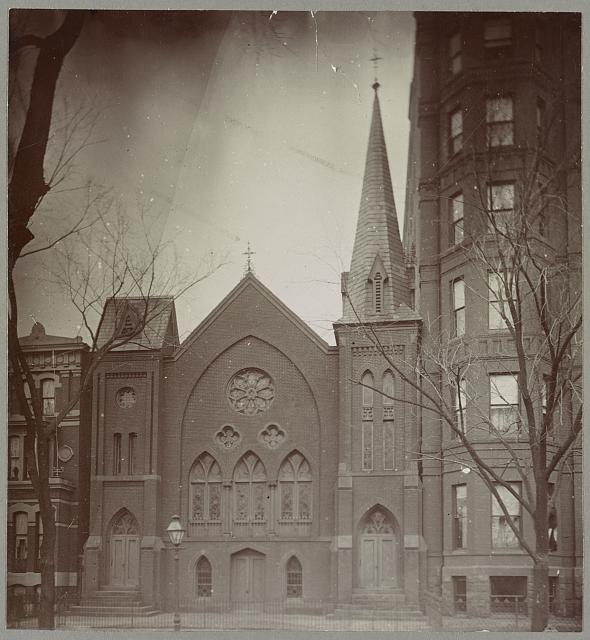
This is the old building, probably the same one that was in the 1957 Church Survey.
The Washington Sanitary Improvement Company (WSIC) was a late 19th century charitable capitalism experiment that ended in the 1950s. This blog started looking at the homes that were supposed to be sold to African American home buyers, after decades of mainly renting to white tenants.
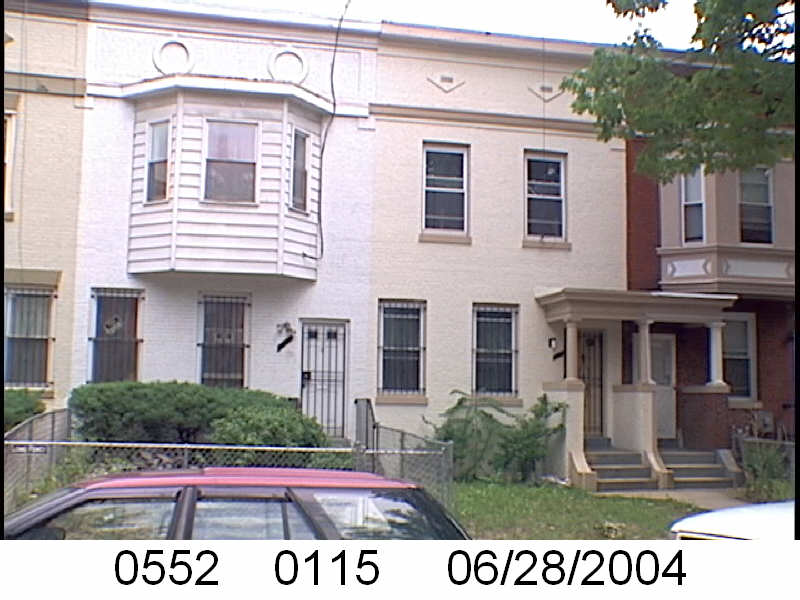 Looking at WSIC properties they tend to have a pattern where the properties were sold to a three business partners, Nathaniel J. Taube, Nathan Levin and James B. Evans as the Colonial Investment Co. for $3 million dollars. Those partners sold to African American buyers. There was usually a foreclosure. Then the property wound up in the hands of George Basiliko and or the DC Redevelopment Land Agency (RLA). Then there was the odd lucky ones who managed to avoid that fate.
Looking at WSIC properties they tend to have a pattern where the properties were sold to a three business partners, Nathaniel J. Taube, Nathan Levin and James B. Evans as the Colonial Investment Co. for $3 million dollars. Those partners sold to African American buyers. There was usually a foreclosure. Then the property wound up in the hands of George Basiliko and or the DC Redevelopment Land Agency (RLA). Then there was the odd lucky ones who managed to avoid that fate.
Let’s see what happens with 223 P St NW:
Let’s review again: Divided halves sold to two separate households, check. Foreclosure, double check. Sold to George Basiliko, check. Sold to DC RLA, check. I’ll note that later documents related to the property look messy.
So just to get an idea to see if what I am seeing with the Black Homeowners of Truxton Circle is normal, or not, I am comparing them with white home owners. I am looking at blocks that were over 90% white in 1950 but also in the same “red lined” zone, which was F1.
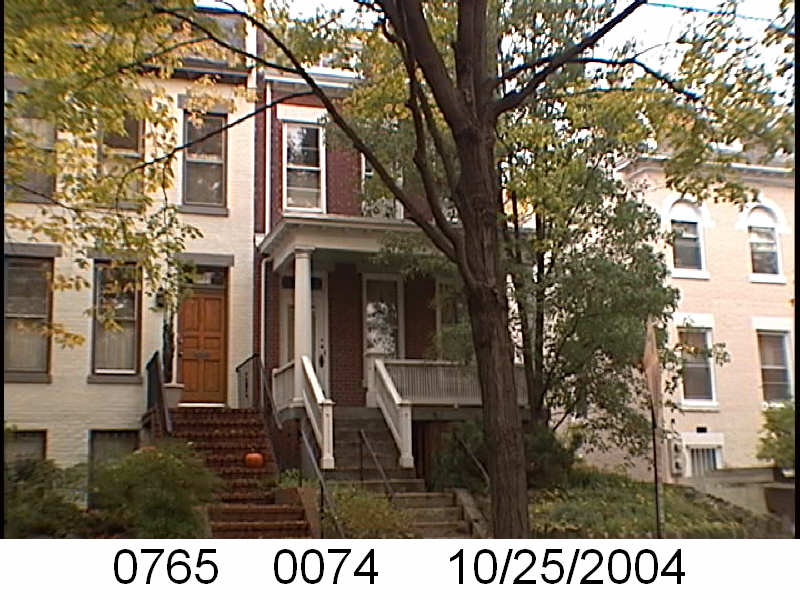
The District of Columbia Recorder of Deeds’ site goes as far back as 1921. The first document for 515 3rd St SE is a 1924 release for a mortgage with the Metropolis Building Association for a 1918 loan under the names of John F. and Joanna A. Robey. The next and last document is a June 1953 deed where the surviving spouse Joanna sold the property to Catherine A. and John C. Hartman.
John Fairfax Robey died February 25, 1953 and according to his obit he lived a good long life:
John F. Robey, 90, Retired Railroader, Dies After Home Fall
John F. Robey, 90, retired veteran railroad man, died Wednesday at Casualty Hospital. He had suffered a fall earlier at his home, 515 Third street S.E.
Mr. Robey, who had living in Washington since he was a boy, began his career with the Pennsylvania Railroad in 1881. He was employed as an engineer with the Richmond, Fredericksburg & Potomac Railroad about the turn of the century.
At the time of his retirement in 1932, he was assistant superintendent of motive power for the R. F. & P.
One of the high spots of Mr. Robey’s career was when he piloted the first passenger train across the newly opened Long Bridge over the Potomac River in 1907.
Served on Garfield Train-
Mr. Robey was an engineer wiper on President Garfield’s funeral train in 1881.
While still with the Pennsylvania, as an engineer on the Washington-New York run, he was trapped on the road for 10 days during the blizzard of 1898.
For many years he was foreman of the roundhouse at Potomac Yards.
Mr. Robey, a native of Newport, St. Marys County, Md., had lived for the last 40 years at the Third street address.
Married 63 Years.
He and his wife, the former Johanna Bradshaw, had celebrated their 63d wedding anniversary there last August 1.
In addition to his widow, who is 80 Mr. Robey is survived by two daughters, Mrs. Malvinia Prather 5525 Fourth street N.W., and Mrs. Ethel Fischer, 9703 Bristol avenue, Silver Spring, Md., and four sons, Ralph E. Robey, 2016 Thirty-seventh street N.W.; Joseph O. Robey, 3007 Medway street, Silver Spring; John P. Robey, 7302 Foster street, District Heights, Md., and Paul W. Robey, Newton Center, Mass.
As far as getting information about loans and comparing this to the Truxton Circle home owners, this provides no info.
The Washington Sanitary Improvement Company (WSIC) was a late 19th century charitable capitalism experiment that ended in the 1950s. This blog started looking at the homes that were supposed to be sold to African American home buyers, after decades of mainly renting to white tenants.
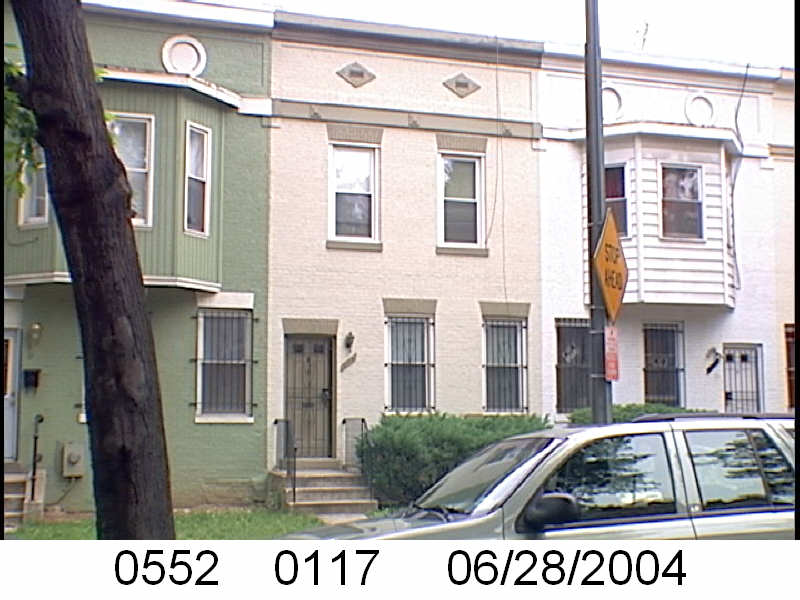
Looking at WSIC properties they tend to have a pattern where the properties were sold to a three business partners, Nathaniel J. Taube, Nathan Levin and James B. Evans as the Colonial Investment Co. for $3 million dollars. Those partners sold to African American buyers. There was usually a foreclosure. Then the property wound up in the hands of George Basiliko and or the DC Redevelopment Land Agency (RLA). Then there was the odd lucky ones who managed to avoid that fate.
Let’s see what happens with 227 P St NW:
Alright looking at the WSIC bingo card we have property sold as two separate halves to two different households, check. At least one foreclosure, check. Purchase by George Basiliko, check. And also sold to the DC Redevelopment Agency, check.
I’ve been clearing out the draft folder. This one is from April 4, 2009. I’ll add my thoughts at the end.
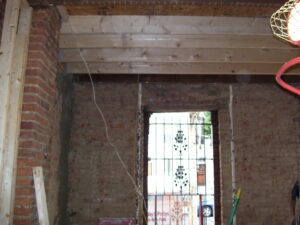
I spent months giving thought to how I wanted to redesign my roughly 1000sq ft (not counting cellar) house. I radically changed the second floor layout, moving the bathroom and making one bedroom a really big closet… with a bed. So when I see other small houses and it appears that was designed poorly, I wonder if they took into consideration the small space or just thought they could just reduce the measurements, squeeze stuff in and it would be alright.
Here are a few thoughts-
Can it get through the door/up the stairs. This was a very important question in the early years of my house. Because of some stupid pipe near the front door, it didn’t open all the way. I nearly had to throw out the comfy chair because said chair barely made it though the door and took some wall with it. The fridge required taking the door off the hinges and lifting it through a couple of passageways. It would have been easier if they took it through the back door on the alley side but the delivery guys weren’t going to even entertain that thought. Then there is the issue of never being able to have a double bed box spring, unless I was planning on sleeping in the living room. There are corners to turn and tight spots and if what you’re hauling to the 2nd or 3rd floor is big there is a chance it’s staying in the living room too. I considered space and movement issues. The doorway is still small but there are no stairs to hit nor a wall to gouge if bringing in a couch. The ceiling heights and lack of obstructions on the 2nd floor now allow for a large mattress or other furniture, as long as it can get up the stairs.
A size 12 in size 8 clothing. There are things that just overpower a space. Like a huge sink in a 1/2 bath, that takes up half of the bathroom. And that just draws attention to the fact that it is a small space. There is the mid-sized bathroom with a big jacuzzi tub shoehorned in.
[July 2023 thoughts]
I oversaw 4 rehab projects on my old DC home before selling it in 2020. The first was in 2003/2004 to update the kitchen where I had 1 foot of counter space. The second was the big project where the 1st and 2nd floors were gutted. The third was finishing the basement. The last one was in 2015 when we added an addition above the kitchen. All this changed my dumpy 1000 sq ft home to a nice little 1700 sq. ft home. All the renovations and work put into it was about $300K.
There are drawbacks to open floor plans. Sound and smell. But you don’t have to worry about getting large things from one room to another. The stairs were still tight, but not as tight as before. We had a huge dresser at the top of the stairs which required large men with upper body strength to move over the banister, but there was more room.
The post below was for February 5, 2009. I’m going through my unpublished drafts and deleting several and publishing others. I’m only publishing this because I have fond memories of my small garden as I now deal with the challenges of a suburban garden.

It’s been horribly cold so the only thing I’ve been doing with my yard is look at it. I may occasionally pick up the trash that blows in.
I’m not as excited as I was last year about the yard. I am planning to do something new. The current yard is suffering from too much traffic, too little space. I park the bike on one end of the yard, causing me to trample on some things that don’t like being trampled on, arugula. So amazingly the most of the arugula that has managed to survive winter is the stuff in my way, so it is looking ratty and unappetizing. Late in the season I planted some plants that I should probably move. They too are in the way of things I need to get to. So the trick will be trying to get the front yard and the bike to live in harmony, without anything I may want to eat underfoot. Or undertire.
The untrampled arugula is small and for a while was getting eaten by some odd beetle looking bug. So its leaves are a bit ugly too.
I’m going to have to use more pots for the front yard. Why? Cats. The furry little bastards have been occasionally using the yard as a toilet. Also the company I use to control rodents have thrown in the added service of spraying. I was told the spray is for the house surface (stairs and doorways) and the ground next to the house. I could cancel the service and risk a return of mice or put my garden high above the spray and in pots.
In the previous postings for parts 1-4 we looked at buildings south and north of the Dunbar High School field in 1942. Now let’s look west.
Just to orient you, here is a USGS aerial map from 1951.
And now a look on the west (left) end of the field.

Those buildings no longer exist. It is now just part of the Dunbar track. I wonder it that taller 3 story detached building was the old Twinings school?